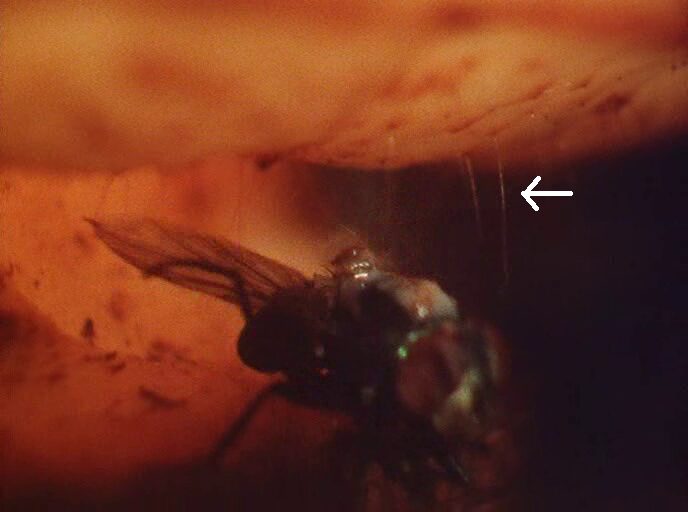Original air date: 8 February 1995

The above graphical timeline shows the basic parts of the programme, a more detailed text version is available below
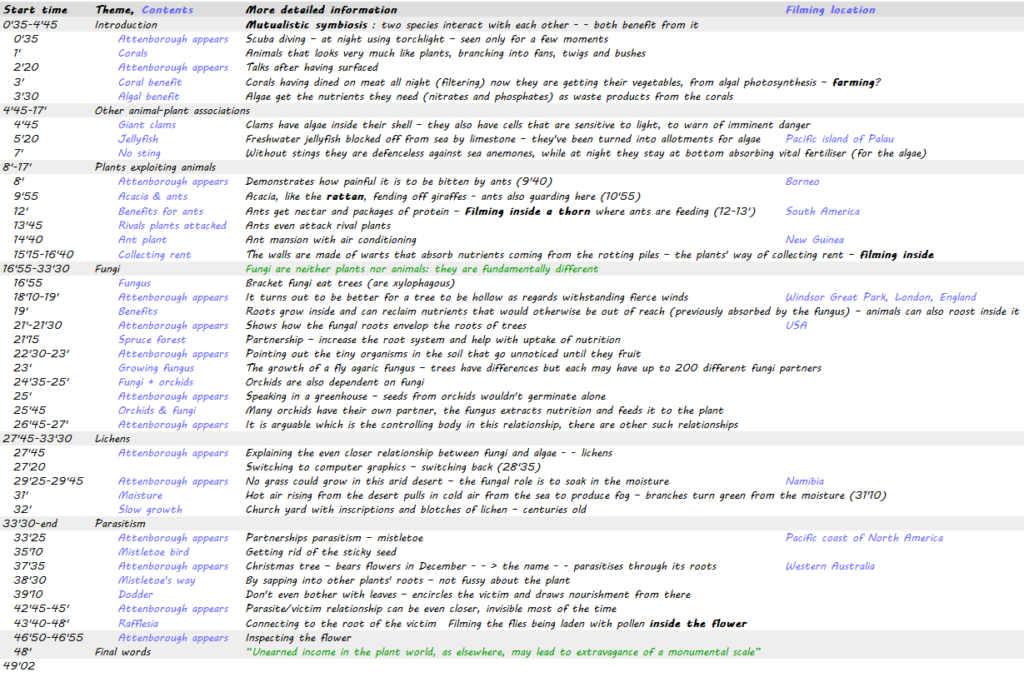
Selected material
Farming/ gardening among invertebrates ?

Polyps, being relatives of jellyfish, are animals and can’t produce food for themselves. Instead they use other means of getting food. During the night they filter tiny particles from the surrounding waters, but during day they also get food from the carbon factories (algae) inside them. The algae instead get the nutrients they really need from their polyps. This relationship has all the hallmarks of gardening/ farming.
Fungus “infecting” a tree trunk
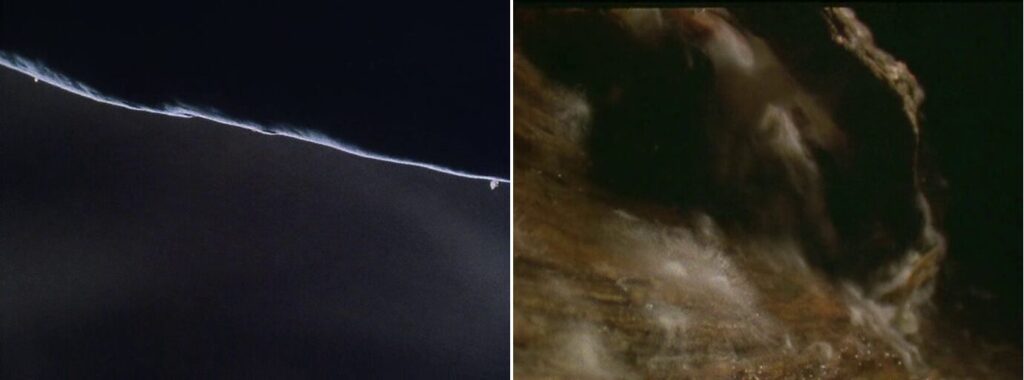
Fungal spores (left) are produced in astronomical numbers. If there is a wound in a tree bark (right) they will enter it and multiply.
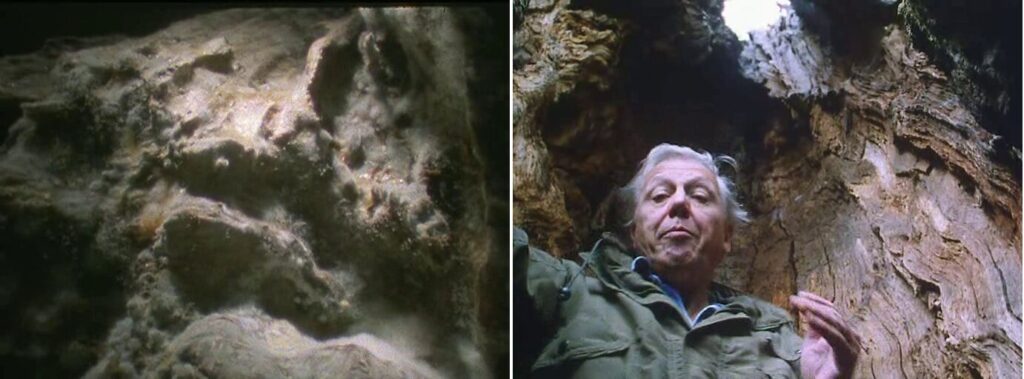
The fungus starts digesting the tree from the inside (left) leaving it with a rotten core (right), but it only eats the dead wood (the reason for the quotation marks at the start)!
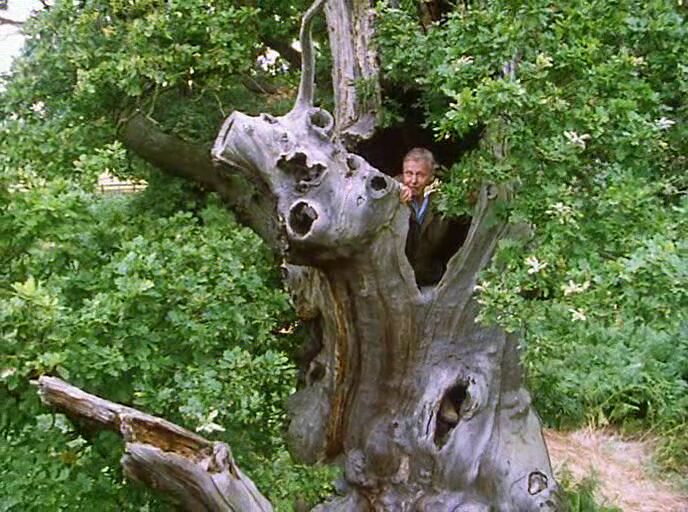
This 800 year-old oak tree is completely hollow, nevertheless it is still fine and puts out green leaves every year
A mistletoe that is free-standing
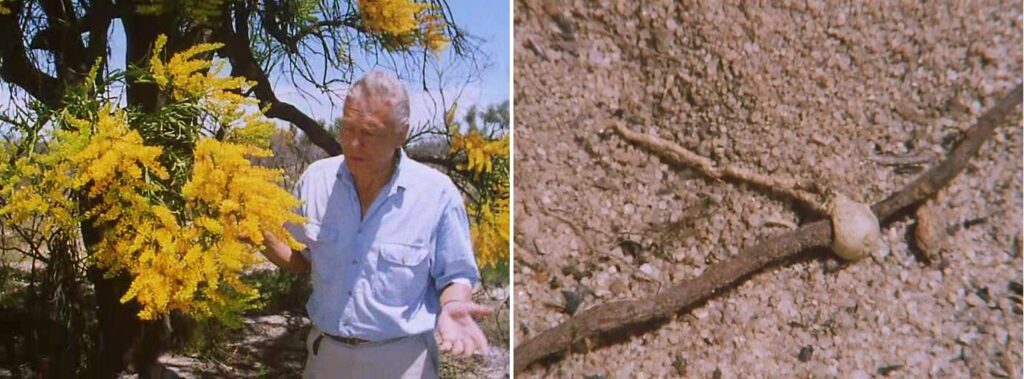
Mistletoes are known to be parasitic plants, but standing all alone this seems to be the exception. Looks, however, can be deceptive. It turns out its roots, the lighter ones on the right, are stealing water and nutrition from a neighbouring tree (the darker root).
Rafflesia (corpse flower)
